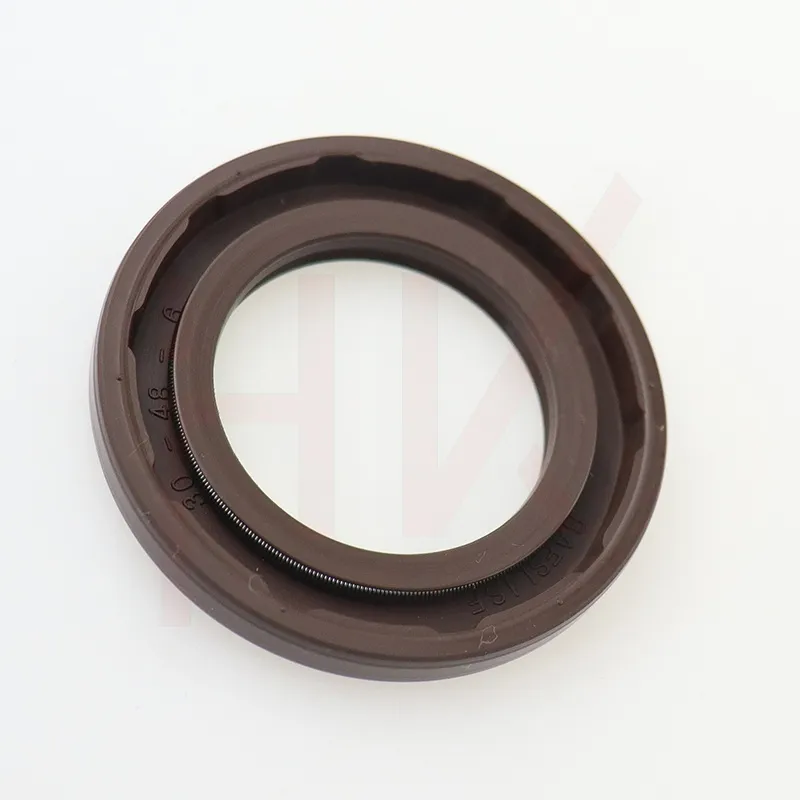డిసెం . 07, 2024 15:59 Back to list
replacing seals in a hydraulic cylinder
Replacing Seals in a Hydraulic Cylinder
Hydraulic cylinders are pivotal components in various machinery, from construction equipment to agricultural tools. They convert hydraulic energy into mechanical power, enabling tasks such as lifting, pushing, and pulling heavy loads. However, one common issue that can arise in hydraulic cylinders is seal wear, which can lead to fluid leakage, reduced efficiency, and ultimately, equipment failure. This article will guide you through the process of replacing seals in a hydraulic cylinder, ensuring optimal performance and longevity.
Understanding the Function of Seals
Seals play a critical role in any hydraulic system. They prevent hydraulic fluid from leaking out of the cylinder and keep contaminants from entering the hydraulic system. The most common types of seals used in hydraulic cylinders are O-rings, rod seals, and piston seals. Over time, seals can wear out due to pressure, temperature changes, and exposure to contaminants, which can lead to decreased performance and increased operational costs.
Signs of Seal Failure
Recognizing the signs of seal failure early can save you from costly repairs. Common indicators include 1. Fluid Leakage Visible hydraulic fluid around the cylinder. 2. Reduced Performance Sluggish operation, especially when under load. 3. Unusual Noises Hearing hissing or whining sounds during operation. 4. Pressure Drops Inconsistent pressure levels, indicating seal integrity issues.
If you observe any of these symptoms, it’s essential to address them promptly by replacing the seals.
Tools and Materials Needed
Before embarking on the seal replacement process, gather the necessary tools and materials - Replacement seals (specific to your hydraulic cylinder model) - Seal installation tool or a soft mallet - Wrench set - Screwdrivers - Clean cloths - Lubricant specifically for hydraulic systems - Safety goggles and gloves
Step-by-Step Guide to Seal Replacement
replacing seals in a hydraulic cylinder

1. Safety First Ensure that the hydraulic system is powered down, depressurized, and isolated. Wear safety goggles and gloves to protect yourself during the process.
2. Disassemble the Cylinder Start by removing the cylinder from the machinery if necessary. Using a wrench, carefully unscrew the end caps and take off any mounting brackets. Be cautious of the hydraulic fluid that may still be in the cylinder.
3. Remove Old Seals Once the cylinder is disassembled, inspect the internal components. Use a flat screwdriver or seal removal tool to carefully extract the old seals from their grooves. Be gentle to avoid damaging the cylinder or piston surface.
4. Clean the Cylinder Thoroughly clean the cylinder and all components using clean cloths. Remove any debris or old hydraulic fluid. It’s crucial that the surfaces are clean to ensure effective sealing with the new seals.
5. Install New Seals Before installing, apply a thin layer of hydraulic lubricant to the new seals. This will help them slide into place and reduce the risk of damage during installation. Carefully place the new seals into their respective grooves in the cylinder. Ensure they sit flush and are not twisted.
6. Reassemble the Cylinder Once seals are in place, reattach the end caps and any other components you previously removed. Tighten them securely but be careful not to overtighten, as this can damage the seals.
7. Testing Reinstall the hydraulic cylinder in the machinery. Reconnect the hydraulic lines and fill the system with the appropriate hydraulic fluid. Slowly power up the system, monitoring for any signs of leakage or unusual noises.
Conclusion
Replacing seals in a hydraulic cylinder is a vital maintenance task that can significantly extend the life of the equipment and improve its efficiency. While it may seem daunting, following these steps will ensure a successful replacement. Regular inspection and maintenance of hydraulic systems not only enhances performance but also prevents unexpected downtime, allowing you to operate your machinery confidently and efficiently.
-
TCN Oil Seal Metal Ring Reinforcement for Heavy Machinery
NewsJul.25,2025
-
Rotary Lip Seal Spring-Loaded Design for High-Speed Applications
NewsJul.25,2025
-
Hydraulic Cylinder Seals Polyurethane Material for High-Impact Jobs
NewsJul.25,2025
-
High Pressure Oil Seal Polyurethane Coating Wear Resistance
NewsJul.25,2025
-
Dust Proof Seal Double Lip Design for Construction Equipment
NewsJul.25,2025
-
Hub Seal Polyurethane Wear Resistance in Agricultural Vehicles
NewsJul.25,2025
-
The Trans-formative Journey of Wheel Hub Oil Seals
NewsJun.06,2025
Products categories
















